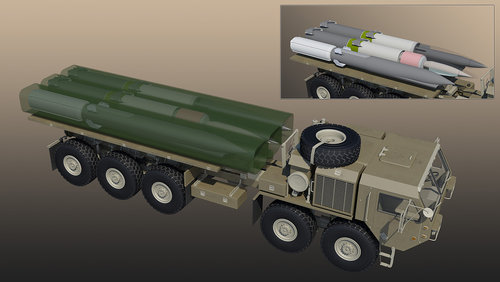he Naval Air Warfare Center Weapons Division (NAWCWD), China Lake California is currently designing a Solid Fuel Ramjet (SFRJ) propulsion section including SFRJ fuel grain and Integral Rocket Booster (IRB) in support of an ongoing demonstration program. NAWCWD is currently seeking out Propulsion vendors for transitioning the Government designed propulsion section and continuing development through heavy weight and flight weight manufacturing, inspection, and testing. NAWCWD will be requesting support with hardware manufacturing, case insulation, SFRJ fuel and IRB casting, motor inspection (hot/ambient/cold temperature), and testing (hot/ambient/cold temperature). Final flight weight propulsion units will be provided to the Government for integration into flight hardware at a location TBD.
The government will define the SFRJ/IRB propulsion section volume and interfaces (forward port cover, bypass port cover, SFRJ nozzle, and ejectable IRB nozzle). The propulsion section shall be approximately 16 inches in diameter and 106 inches long. The approximate IRB propellant weight is 476 lb. An aluminized propellant is desired with a burn rate requirement of ~0.3 in/s at 1000 psi. The approximate SFRJ fuel weight is 350.81 lb. An SFRJ fuel containing boron is desired with the maximum possible energy density. IRB igniter design, manufacturing, and testing may be required as part of the proposal execution.
GENERAL SPECIFICATIONS
- The propulsion section shall be designed to be compatible with the Government defined interfaces.
- The propulsion section shall have positive static and ignition structural margins at 120 and -65 degrees F
- The propulsion section shall have IRB tailoff within 1 second to facilitate SFRJ transition.
- The propulsion section shall be designed to withstand a booster maximum expected operating pressure of 2000 psi for a minimum operation time of 8 seconds (or the actual booster burn time). The case must be able to withstand 45 psi operating pressure during up to 1000 seconds of ramjet operation.
- The propulsion section motor case specifications are dependent on the test asset being defined.
- Heavy weight propulsion section motor cases shall be designed and defined by the Government with vendor review prior to manufacturing/procurement at Government or vendor facilities depending on capabilities.
- Flight weight propulsion section motor cases shall be manufactured/procured by the Government prior to delivery to vendor.
- The vendor shall prepare and test quality assurance samples with each propulsion section manufacturing event. Samples shall include fuel and propellant and must be representative of the samples used for full mechanical, ballistics, and thermal characterization of the materials.
- The propulsion section shall be insulated according to Government defined requirements.
- The IRB igniter shall use a high voltage initiator such as a low energy exploding foil initiator (LEEFI) compatible with NAWCWD universal firing system.
- The propulsion section shall be temperature conditioned to -65 degrees F for enough time so the entire fuel and propellant grains reach steady state temperature and be fully X-Ray/CT inspected. Ability to thermally cycle from ambient to cold may be requested to evaluate bondline integrity.
- Up to six heavy weight and four flight weight propulsion sections shall be static fired after being subjected to Government defined environments (shock/vibe, temperature conditioning at 120 and ‑65 degrees F, etc.).
- Vendor shall deliver up to six additional filled flight weight propulsion sections to Government defined location to support free-jet and flight hardware assembly.
- The vendor shall have in-house capability to support non-destructive inspection including, hydrostatic testing, x-ray inspection or CT scanning, thermal conditioning cycling, and static firing.
- The vendor shall identify in house machining capabilities/capacity.
- The vendor shall identify in house vibration and shock testing capabilities.
- The vendor shall identify availability and origin of long lead and critical materials to include but not limited to energetic components, boron (include purity specification), fuel additives etc. to support manufacturing up to 10 propulsion sections (six heavy weight and four flight weight).
- Data rights:
- The vendor shall identify the incorporation of technology that precludes Government Purpose Rights to designs and data generated.
- The vendor shall identify top level performance impact associated with maintaining Government Purpose Rights instead of incorporating vendor IP.
- The vendor shall detail the level of experience with SFRJ propulsion (fuel development, fuel/IRB bonding, boron treatment, and manufacturing).

beta.sam.gov

www.defensenews.com















